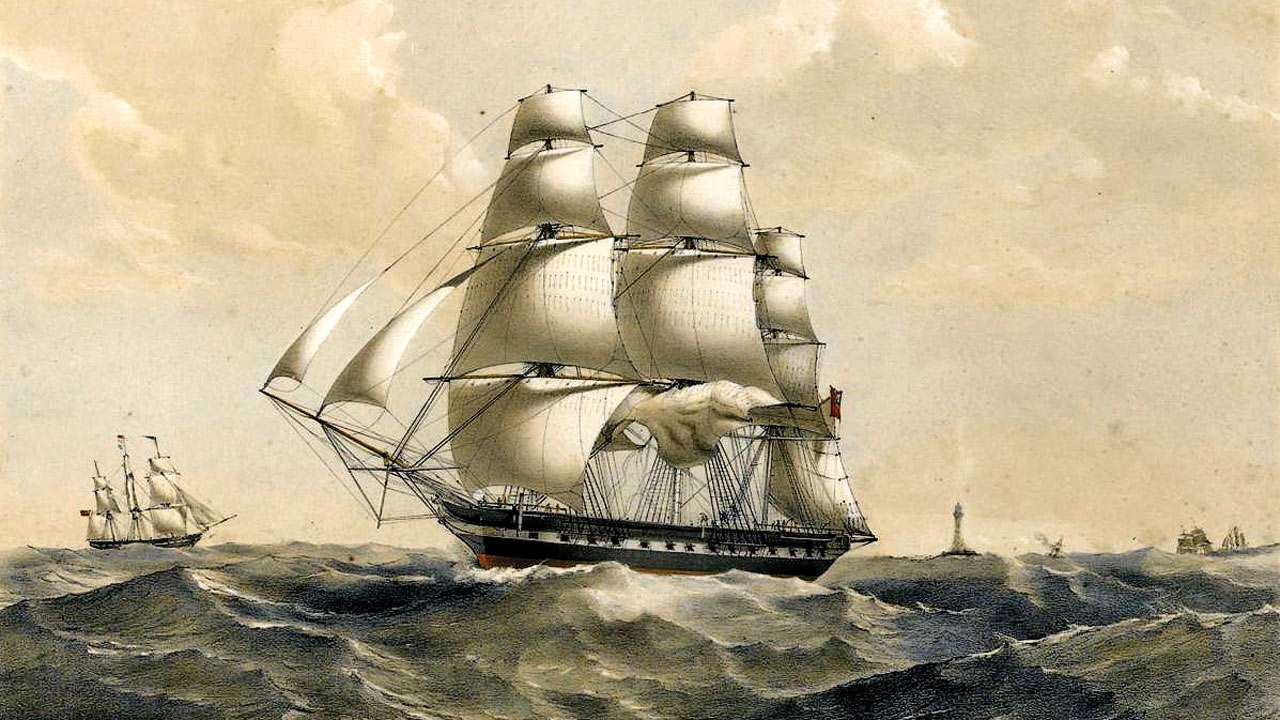
While most of us reckon that England’s association with India began only in the seventeenth century, via the East India Company and its factories, the truth is that British travellers and explorers had begun exploring India in the late sixteenth century itself. In fact, barring a couple of semi-legendary characters who travelled from England to India prior to the twelfth century, the first recorded instance of an Englishman in India is of a Christian missionary named Father Stephens who reached here in 1579. Although British, he was ordained as a Jesuit priest who worked for the Portuguese at Salsette in today’s Goa.
Father Stephens lived in India for more than 30 years, a time in which he mastered both Konkani and Marathi and brought out a book called “Christian Puran”, which was basically Biblical tales designed to look like Puranic tales. Although the language was Marathi, it employed the Roman script! Writing local languages in the Roman script is not such a new invention after all! The reason he did so was two-fold; one reason was almost identical to why people wrote Hindi and Marathi in the Roman alphabet in the early days of the internet. It was impossible to print in the Devanagari script using the printing methods of the day. The second reason was that the Portuguese government in Goa was burning any and every book written in Devanagari, under its ‘Inquisition movement’.
Although documents specifically stating the commercial potential of India have not been traced to Father Stephen, there is evidence that his communication with his father and brother in England enticed the interest of London-based merchants. Two of them — Osborne and Staper commissioned a journey to India to see the financial viability of opening trading outposts in India just like the Portuguese had done. Ralph Fitch and John Newberie along with John Eldred, William Leeds and a painter named James Story set off for India in 1582. They carried with them a missive from Queen Elizabeth for Mughal emperor Akbar! Crossing the Middle East, where John Eldred quit the journey, they reached Hormuz, an Iranian port then under Portuguese occupation. Here, they were imprisoned on allegations of spying by the Portuguese. From Hormuz, they were shipped to Goa. There, the aforementioned Father Stephens played a role in bailing his countrymen out. The painter amongst them joined the Jesuit order at Goa. The last three of the party went to Bijapur, then Golconda; both in their heyday of the Deccan Sultanates.
Finally, the two reached Masulipatnam where Fitch wrote a detailed account of the spice trade the town indulged in via the Malacca Straits and other places. His testimony was one of the main reasons the EIC later sought a factory in southeastern India. They, then, journeyed through Burhanpur, Mandu and Ujjain, to finally reach Agra in 1585. At nearby Fatehpur Sikri, they met Jalaluddin Akbar and handed over Queen Elizabeth’s letter. “Elizabeth by the grace of God, to the most invincible and most mighty prince, lord Zelabdim Echebar...” ran the initial line of what perhaps was the first attempt by England to establish political ties with India. Unfortunately, what transpired in this first meeting is not known, since Ralph Fitch left no account; under the impression that John Newberry, as leader of the expedition, should be penning details. Newberry did not return alive from this expedition, hence, any record he may have kept after Fatehpur Sikri has been lost. But an interesting thing did happen at Akbar’s court — travelling with Fitch and Newberry was a jeweller named William Leads. Akbar offered him a job at his court, along with a house and servants. The jeweller, also one of the earliest travellers to India, gradually made Fatehpur Sikri his home!
Now Fitch and Newberry parted their ways as Newberry headed west towards home while Fitch moved further into India. Ralph Fitch sailed down the Ganges where he saw hundreds of boats carrying the choicest spices and condiments. He travelled to cities in Bengal and also the city of Patna. He also visited Banaras and has left us accounts of how the various ceremonies were performed on the banks of the Ganges. Eight years after leaving England, he finally returned in 1591. Some believe parts of Shakespeare’s play Macbeth alludes to Fitch and his journey to India.
The case for opening up trade with India, the way the Portuguese and Dutch had done, by the sea route was getting stronger. For one, Spain had taken Gibraltar and Portugal the Straits of Hormuz, making the route via the Mediterranean and the Middle East perilous for the British. Then there was Fitch’s account of the boundless possibilities in India. The year Fitch returned, Sir James Lancaster sailed around the Cape of Good Hope and then sailed towards the south of India.
Finally, on December 31, 1600, a Royal Charter was granted by Elizabeth I to the ‘Governor and Company of Merchants of London’ trading into the East Indies. We know it better as the ‘East India Company’. Strangely enough, the EIC’s initial two voyages took it to Indonesia. On August 24, 1608, a ship named the “Hector” dropped anchor off the coast of Surat. It was the first ship in Indian waters flying British colours.
The writer is author of Brahmaputra — Story of Lachit Borphukan